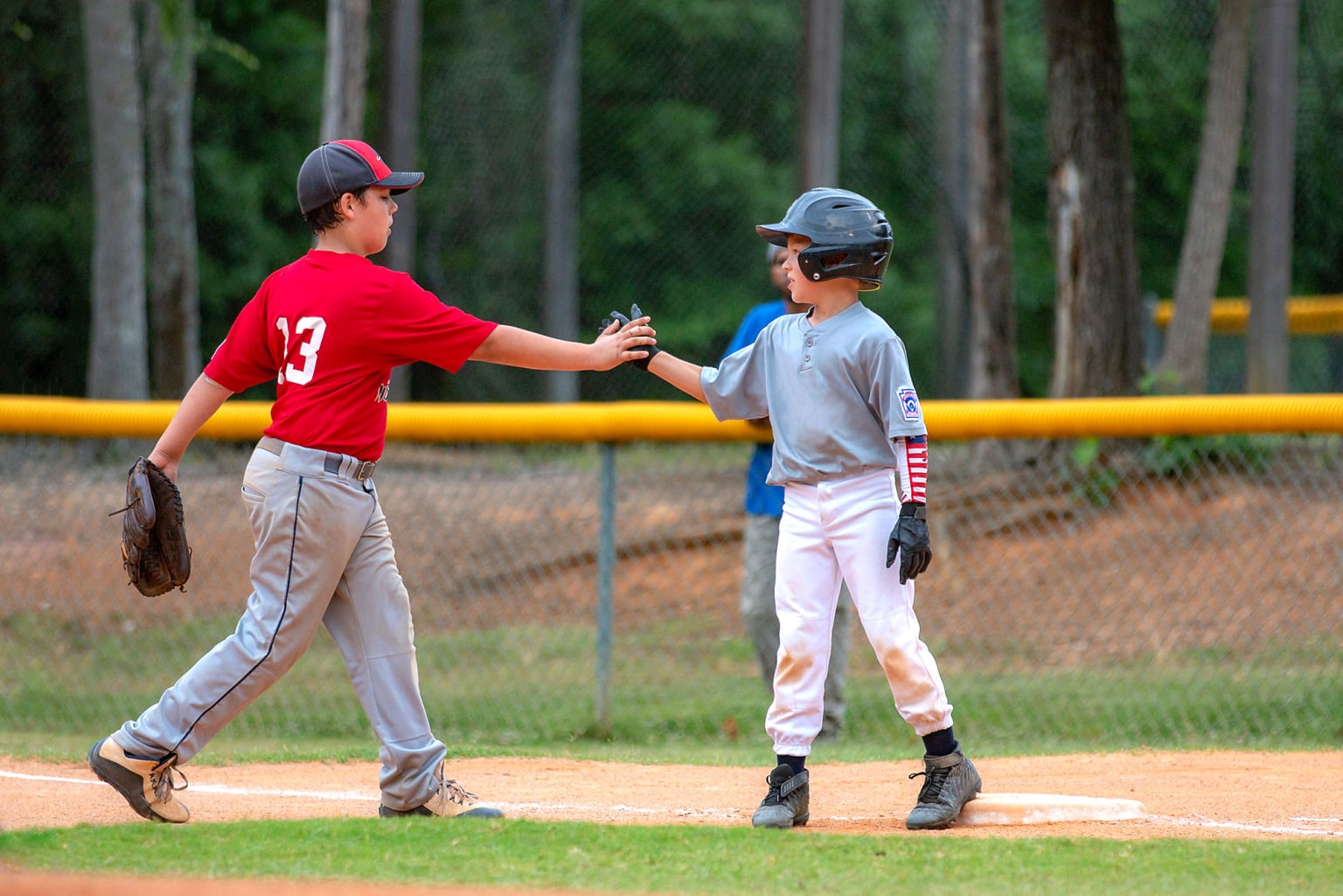
Once the tryout process is complete, the next step in preparing for the upcoming Little League® season is the player draft. A new team with fresh faces means added friends. The memories that will last a lifetime begin when learning the exciting news of what team your Little Leaguer® will play for. The draft is an essential part of every local league, and when done correctly, provides a proper disbursement of talent to ensure as fair a playing field as possible, so that each player can have as much fun as possible.
To help parents better understand the process of selecting teams, below is a look at draft options for leagues. All local leagues must follow one of three methods.
Plan A
This option is commonly referred to as a “conventional draft.” After a thorough player evaluation has been completed, the last place team of the preceding season gets the first choice in every round of the draft, the next to last place team gets the second selection in every round, and the remaining teams select in the reverse order of standing.
Plan B
This option is commonly referred to as a “total redraft,” and has two steps. The first part involves drafting those players who are returning from a Major Division team. With this option, those players must be drafted first. Managers are not permitted to waive a draft choice. Once those returning players are drafted, a second draft occurs involving players who are eligible for selection, and have attended the required number of player evaluations. The draft rotation follows the reverse order of finish from the previous season, with the last-place team’s manager receiving the first pick.
Plan C
This option is commonly referred to as a “blind draft.” Local leagues start by placing the names of all 12-year-olds into a container. Then each manager selects a player from the container until all league age 12-year-olds are taken.
One important note, in both baseball and softball, Major Division teams have no maximum number of league age 12-year-olds; and league-age 12-year-olds must be drafted to a Major Division, Intermediate (50/70) Baseball, or Junior League team. Once all 12-year-olds are placed on the teams, the same process occurs for league-age 11-year-olds. The same procedure is used for league age 9- and 10-year-olds.
Seven Things Parents Should Know About the Draft
- A local league may use tryout evaluation scores to rank players based on talent/capability instead of league age, provided that all league-age 12-year-olds are selected to a Major Division (baseball or softball) or Intermediate (50/70) Baseball Division team.
- Most times, in the Major Division, a team roster is comprised of players of league-age 9, 10, 11 and 12. However, a local league may opt to allow only 10, 11 and 12-year-olds to try out for the Major Division, or even just 11- and 12-year-olds.
- It is highly recommended that a player’s draft position not be divulged, even after the draft is completed.
- When there are two or more siblings in the draft, and the first brother or sister is drafted by a manager, that manager automatically has the option of drafting the other brother or sister during their next selection. If the manager doesn’t exercise this option, the second sibling can be drafted by any team.
- If a manager has sons and/or daughters eligible for the draft, and wishes to draft them, he/she must submit that intent in writing, and is required to exercise that option at, or before, the close of the specific draft round.
- Coaches shall not be appointed nor approved until after the draft.
- A returning coach, through the manager, may exercise an option in writing to the Player Agent provided that the coach has served as a manager or coach in the league (at any level) for the past two years and the coach is returning to the same Major League team as last year.